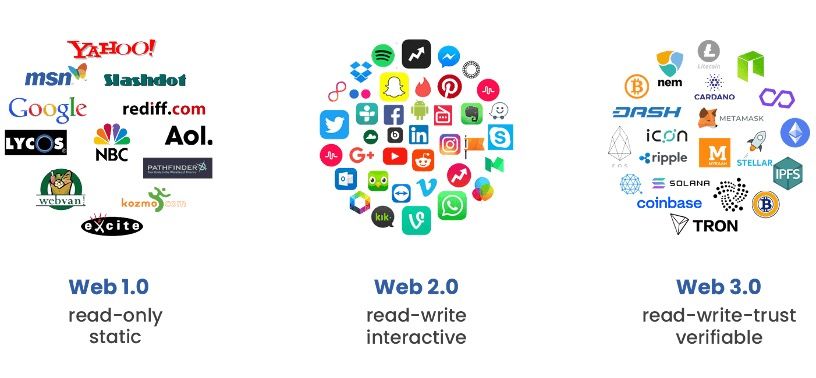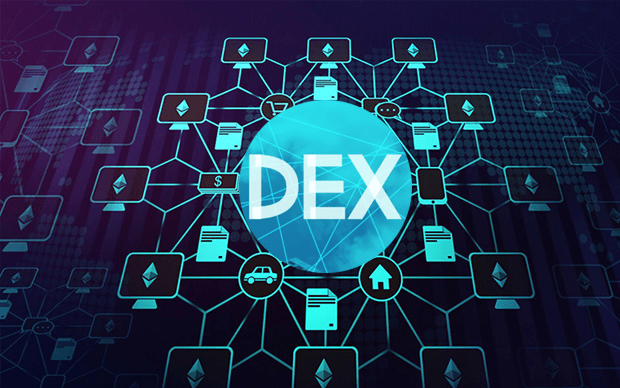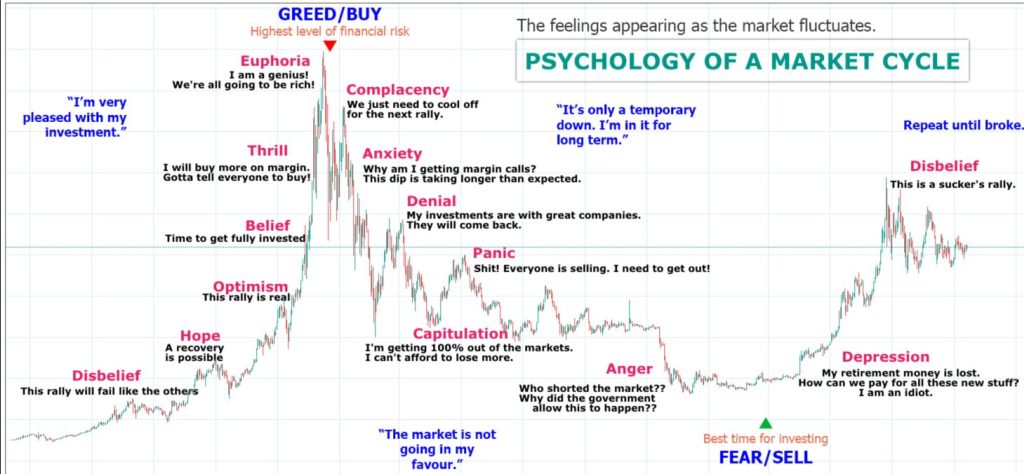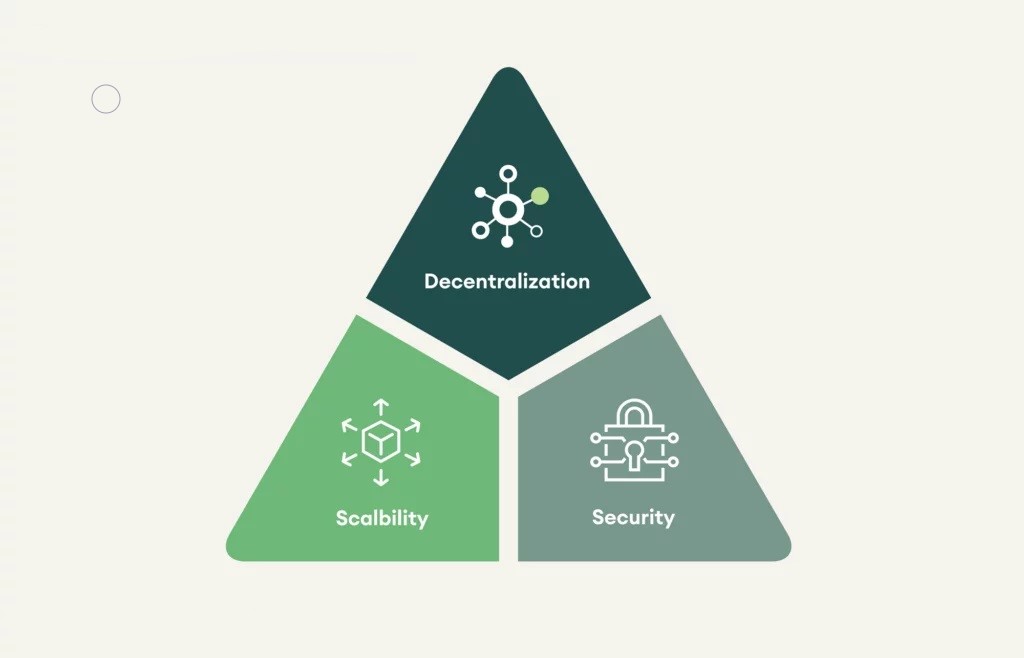Web3 represents a significant departure from the earlier versions of the Internet, Web 1.0 and Web 2.0. In this article I will briefly showcase the difference between this three, and hopefully teach you how Web3 is the best choice moving forward.
Web 1.0: The Read-Only Web
Web 1.0 emerged in the late 1980s and lasted until around 2005. It was characterized by static content, limited interactivity, and a read-only model where users consumed information but had limited opportunities for engagement. The primary use cases revolved around sharing scientific data, with early websites like CERN pioneering the concept of the World Wide Web.
By mid-1993, the Internet consisted of over 100 websites. Then things grew fast. By the end of 1993, there were 800+ websites. By the end of 1994, over 10,000. So by 1993-1994 people slowly started using the internet. But it was still HTML format, read only websites.
Web 2.0: The Social Web
Web 2.0, which began gaining traction in the late 1990s and became widespread around 2004, introduced social features and dynamic content. It facilitated user-generated content, social media interactions, and dynamic website creation. So, now not only can users read, but they can also create their own content, buy things, sell things, and so on. It became interactive. Publishing got democratized, and participation became more widespread. However, it also led to increased centralization and compromised data privacy as Big Tech companies gained control over it all. It’s no longer internet for people but rather internet of big companies.
Web3: The Decentralized Web
Web3 builds upon the principles of decentralization and user empowerment. It uses blockchain and cryptocurrency to create a more equitable environment. In Web3, users have greater control over their data, and the whole thing is decentralized, reducing reliance on centralized authorities. One no longer requires third parties to hold the data or security, that now is decentralized to the whole network, computer nodes. This shift addresses the shortcomings of Web 2.0, offering improved security, resilience, resistance to censorship, openness, and data privacy.
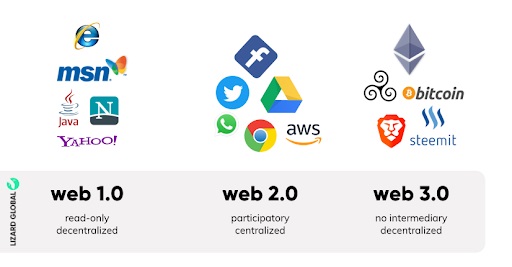
The Transition to Web3
The transition to Web3 began with the emergence of blockchain technology, particularly with the launch of the Bitcoin network in 2009. However, at that time no one could really build anything on top of it
Real change and genesis point of Web 3 is when Ethereum network was created in 2015. These innovations introduced decentralized systems that challenged traditional centralized authorities. Suddenly people can build stuff on top of decentralized system, without reliance on centralized third parties.
Advantages of Web3
One of the main advantages of Web3 is its ability to return control of the Internet to the users. By decentralizing infrastructure and reducing reliance on central authorities, Web3 empowers individuals to take ownership of their online experiences. People get to control their data, no longer fearing censorship or bans. In Web 2.0, simple ban could mean the loss of all of your data.
